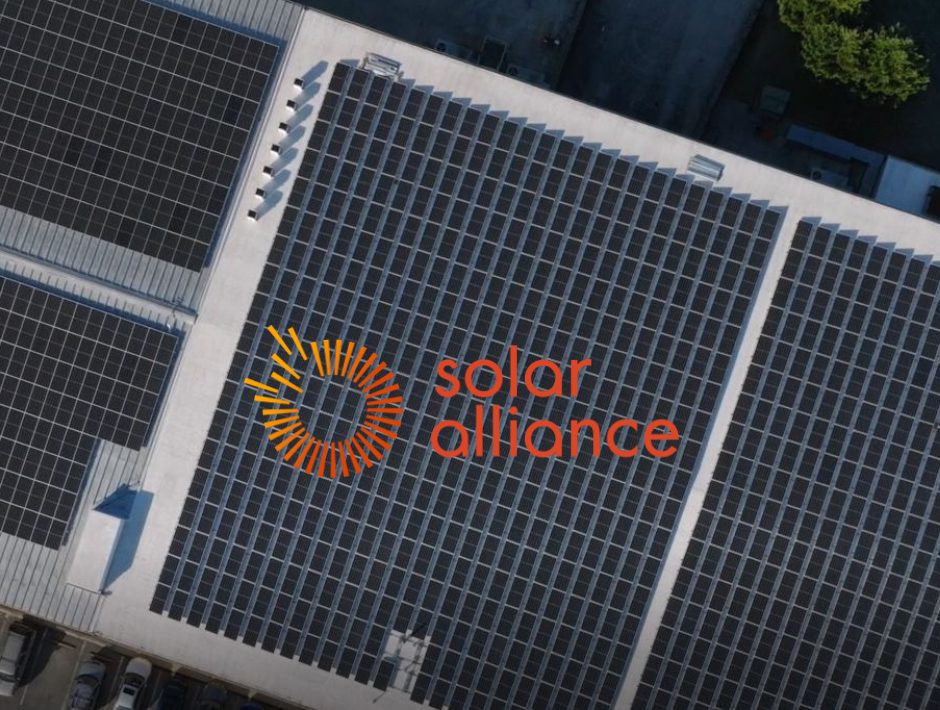
Last Updated on May 2, 2025 by Anne Brock
Demand for renewables like solar photovoltaics is only headed up, according to virtually every industry outlook for 2025 and beyond. This seems to stem from a variety of reasons, including the need to increase the capacity of the nation’s electrical power grid.
Here are a few examples from government, industry, and third-party reporting sources:
The U.S. Energy Information Administration has already been assessing the need to add capacity to the power grid, noting this on its website: “The U.S. power grid nearly doubles in capacity from 2022 to 2050 to meet increasing demand for electric power, and most newly built capacity will be from renewable energy technologies, according to most cases in our Annual Energy Outlook 2023 (AEO2023).”
The National Renewable Energy Laboratory reports growth in solar from 2023 to 2024. Take a closer look here.
The Wood McKenzie report Gridlock: the demand dilemma facing the US power industry points out the big change underway because of data centers creating massive increases in demand from the power grid.
Inflation Reduction Act resources are supporting several projects across the nation via the Transmission Siting and Economic Development Grants program. These projects include some with solar and microgrid technology as well as workforce development and education in renewables.
Deloitte reports, “Renewables race to fill resource gap, as demand for clean energy is outpacing supply.” Read that entire report here.
A domestic manufacturing advantage for solar is growing in the United States, according to the Solar Energy Industries Association. The trade organization summarizes here how module manufacturing and the making of other components is slowly reinforcing the ability to show solar can be American made.
This independent reporting shows a possible dip in utility-scale solar before a rebound again in future years, all after a big year for large-scale PV in 2024.
What about public perception of renewables as compared to other energy sources? American attitudes are evolving, as seen in this Pew research report. Some attitudes are split along social and political lines. Overall, more people are reporting solar PV becoming more common in their communities, with support for it as an economic benefit.
What about households adding solar? This new Berkley Lab report shows the median income is getting lower now for folks who want solar PV at home, versus higher income households a few years ago.
What about potential policy changes under a new federal administration? Multiple news outlets, including Reuters, have reported on a new administration threat to the Inflation Reduction Act. However, the topic is nuanced to include the likelihood of business-friendly renewable energy incentives (big tax breaks) to stay in place. Leading voices like this one from West Virginia note that at least some IRA measures should likely remain.
Ready to explore how solar or solar with storage could be a solution for your business or local utility in 2025 and beyond? Contact us today.
